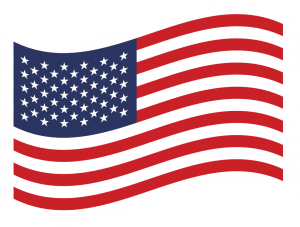Why Buy Marine Safety GraphicsTM Products? Safe-Fill™ Graphics was created after a 2019 unfortunate and very expensive miss-filling event of a friend’s 40-foot aft-cabin cruiser. This resulted in the complete loss of his boating season and the necessary purging of the fuel system, along with the removal and rebuilding of both big–block inboard gas engines. This event reminded us of similar events in the general aviation industry from the late 1980s. This resulted in the FAA mandating identification standardization to eliminate this miss-filling problem in GA aircraft. From these previous aviation experiences, Safe-Fill™ Graphic was created in 2019 to fit large to small recreational boats to enhance safety and minimize costly mistakes of cross-filling your boat or miss-filling your water, waste and rod holders with gas or diesel. To fit these multiple designed boats and fillers, each Safe-Fill™ Graphic comes in three sizes and series of large, mid-size, and limited-space graphics. Each graphic is self-adhesive, UV and fuel resistant, and defined by color and corresponding script. An article in Boat U.S. Magazine (February/March 2021) stated, “Make sure you’re putting fuel into the correct tank.”
GEICO/BoatU.S. Marine Insurance receives claims each year from someone pumping fuel into a Rod Holder or Water Tank.” In 2021, the average cost of pumping out just 1 gallon of contaminated fluids from your boat was $5.00. Pumping an average 40-gallon tank can cost $200.00 or more! The fore mentioned average pumping fee DOES NOT include labor or additional disposal fees. Not only do you have to deal with these disposal costs, but now you have to deal with the costs of a fuel system flush out, filter replacement, and, if you ran the boat, your engines might be facing a potential total engine rebuild due to cylinder scoring. CAUTION: Know what you are doing! As published in the U.S. Coast Guard Auxiliary Boating Skills & Seamanship, Core Course Section 4-2; When fueling, it pays to know what you are doing. For example, people have pumped gasoline into water tanks. Gasoline has even been pumped into rod holders. Both of these errors, on occasion, have resulted in explosions and serious injuries. Be certain that you are pumping the gas into your gas tank and not your bilge. – U.S. Coast Guard Auxiliary
Tags: boating decals, safety decals
